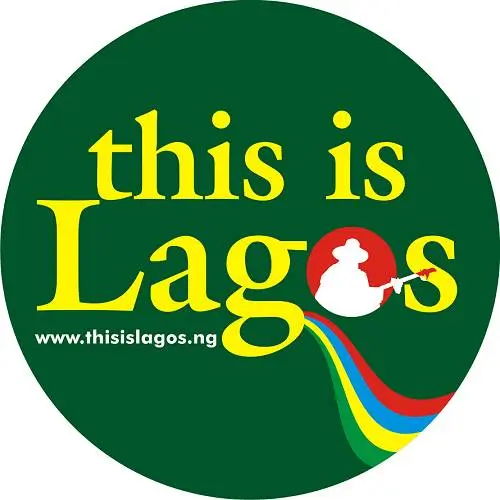Nigeria’s private sector activity surged in February, marking its fastest growth in over a year, according to the latest Stanbic IBTC Purchasing Managers’ Index (PMI).
The headline PMI, according to a statement, rose to 53.7, up from 52.0 in January, signaling the strongest improvement in business conditions since January 2024.
The uptick was driven by higher output, new orders, and purchasing activity, as demand strengthened and inflationary pressures showed signs of easing. However, rising costs continued to weigh on hiring, with employment increasing only marginally.
Muyiwa Oni, Head of Equity Research West Africa at Stanbic IBTC Bank, noted that a stable exchange rate and lower fuel prices helped moderate inflation, boosting consumer demand and new orders. Output prices also rose, though input cost inflation hit a 10-month low.
“Activity in Nigeria’s private sector improved for the third consecutive month with the latest PMI reading of 53.7 points in February at its highest level since January 2024 (54.5 points). A relatively stable exchange rate and moderation in fuel prices are supporting the ease in inflationary pressures, which in turn helped strengthen consumer demand in the month. Thus, new orders increased for the fourth consecutive month, with survey participants noting a greater desire on the part of customers to commit to new projects. In line with the increase in new orders, output also increased sharply in February as the output index settled at 56.9 points from 53.7 points in January. That said, input price inflation eased further in February to its weakest level since April 2024. However, about 39.0% of respondents increased their output prices in the month, with less than 1.0% lowering their charges. “Nigeria’s real GDP growth improved further in Q4:24, rising by 3.84% y/y, from 3.46% y/y in Q3:24. Growth in Q4:24 was the highest since Q4:21 when this economy grew by 3.98% y/y in real terms. Q4:24 GDP now brings 2024 full-year growth to 3.40%, from 2.74% in 2023, supported by both the oil and the non-oil sectors. In terms of contributions to the overall GDP growth in Q4:24, Services continue to dominate with a 79.0% contribution to the country’s GDP growth (same as Q3:24), followed by Agriculture with an 11.9% contribution while Industries contributed the remaining 9.0% of the real GDP growth in the review quarter.
“The non-oil sector of the Nigerian economy is now poised to improve further in 2025 as the lingering FX stability and improved FX liquidity bodes well for the real sector activities, including manufacturing, trade and real estate. This, in addition to the anticipated reduction in borrowing costs should further support the growth of the non-oil sector in 2025. Accordingly, we project the non-oil sector to grow by 3.4% y/y in 2025. Therefore, we still expect the Nigerian economy to grow by 3.5% y/y in real terms in 2025 with the Q1:25 growth print forecasted to settle at 3.55% y/y.”
The health of the private sector has now strengthened in three consecutive months. Output increased for the third month running in February. Moreover, the latest expansion was sharp and the fastest since January 2024. Respondents linked the rise in activity to higher sales amid an improving demand environment. Output was up in agriculture, manufacturing, services and wholesale & retail, although in wholesale & retail the rise was only fractional. New orders also increased at a marked pace, with the latest rise the most pronounced in just over a year. Customers were reportedly more willing to commit to new projects. Signs of strengthening demand coincided with moderating inflationary pressures. Overall input costs increased at the slowest pace in ten months, although the pace of inflation remained elevated amid higher prices for raw materials and a rise in staff costs that was the sharpest since March 2024.
In fact, cost pressures acted to limit the pace of job creation in February. Employment rose only marginally and at the slowest pace in three months, despite marked expansions in output and new orders. Nevertheless, backlogs of work ticked down. In line with the picture for input costs, the pace of output price inflation remained sharp in February, but eased to a seven-month low. While employment rose only marginally, companies ramped up their input buying during the month, with the pace of growth the steepest since May 2023. Stocks of purchases also increased at a faster pace. Despite rising demand for inputs, suppliers’ delivery times shortened to the greatest extent in seven months as prompt payments led to the speedy delivery of goods. Although companies were optimistic that output will increase further over the next 12 months, sentiment dipped in February and was below the series average. Plans to expand businesses through the opening of new plants and increased export operations were among the factors supporting optimism.

